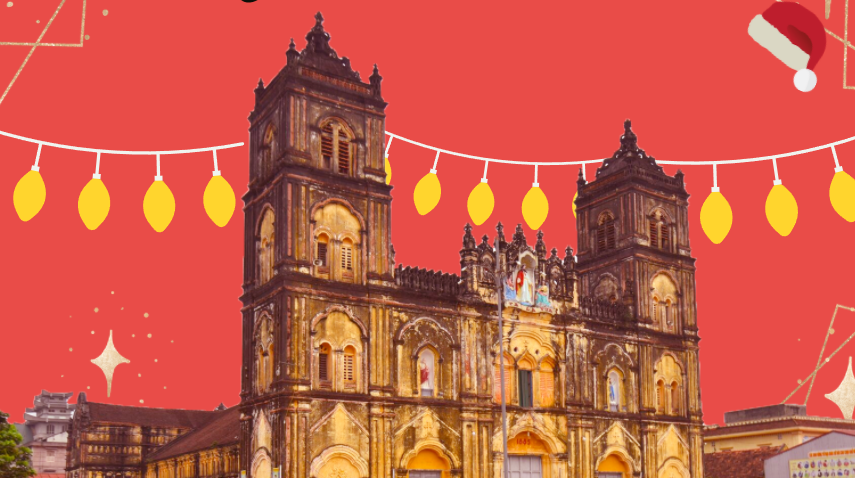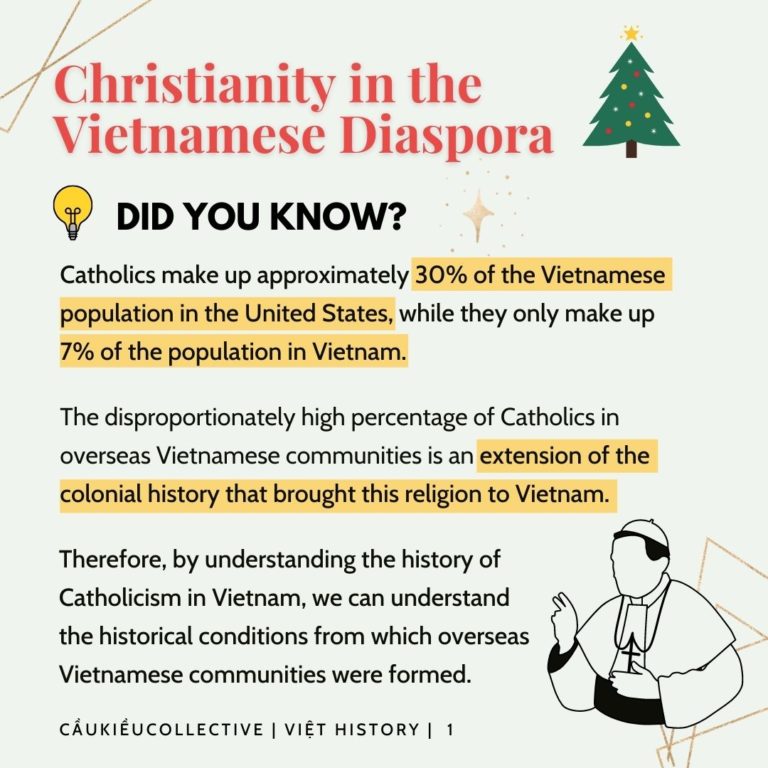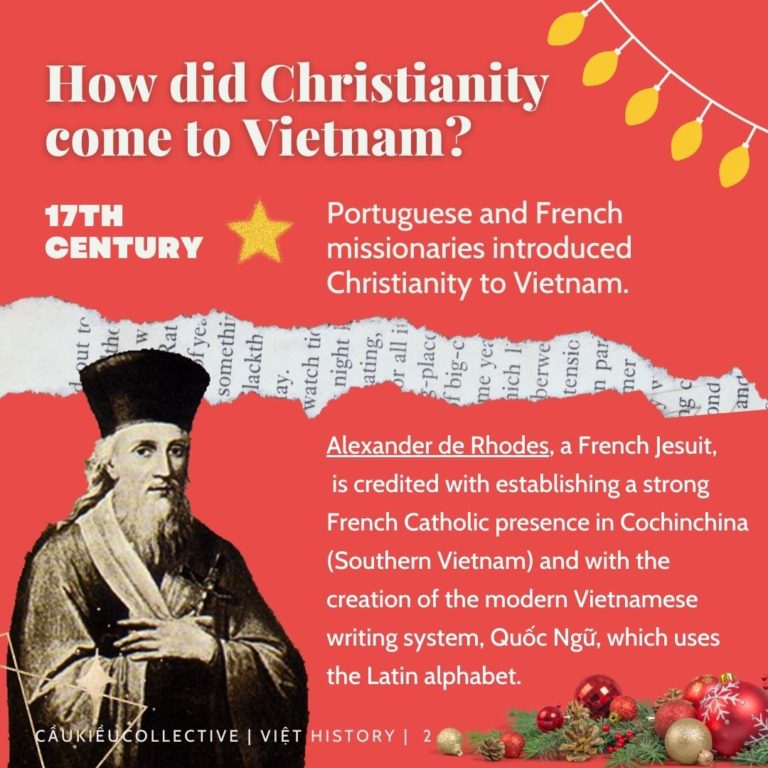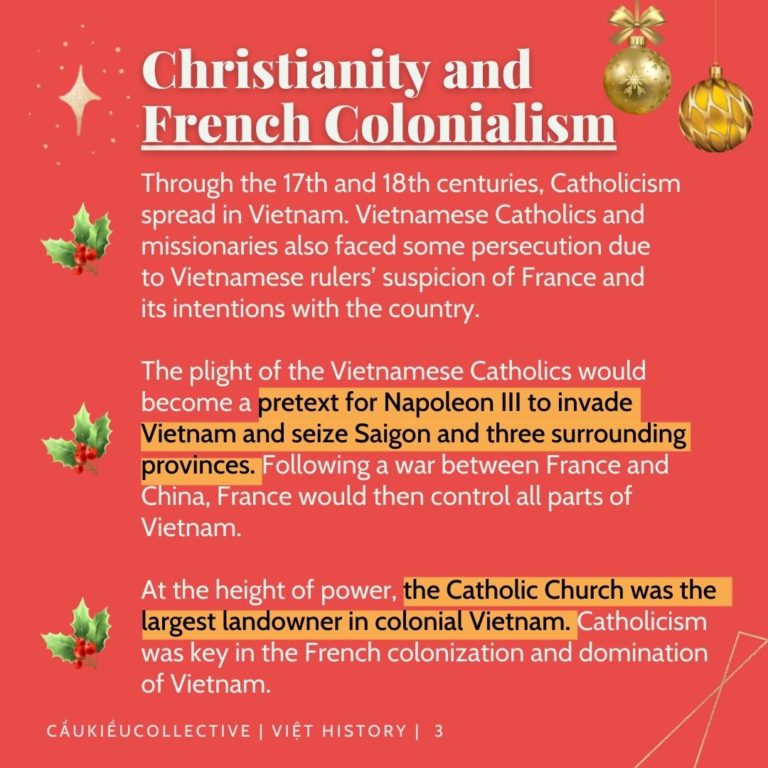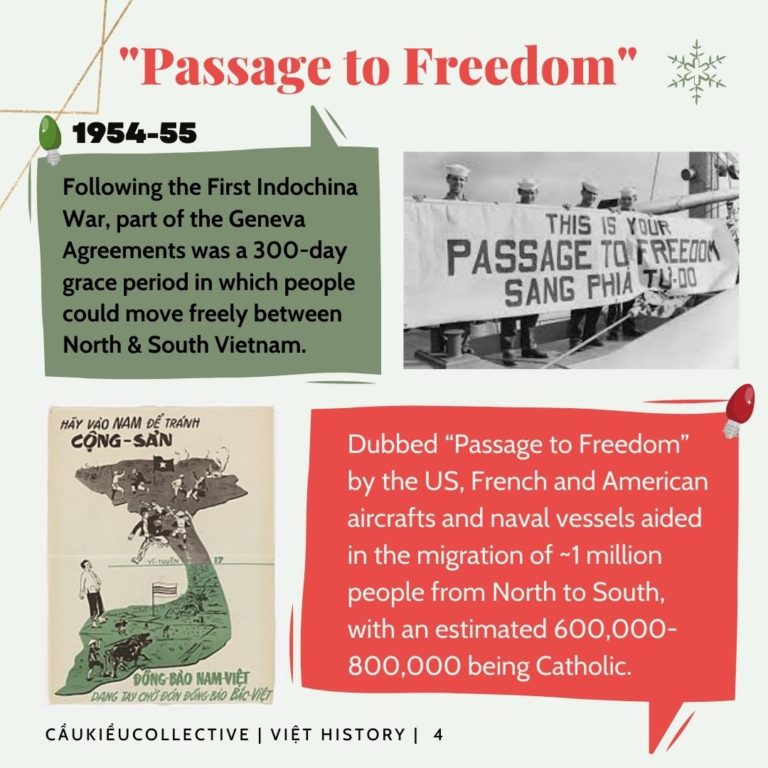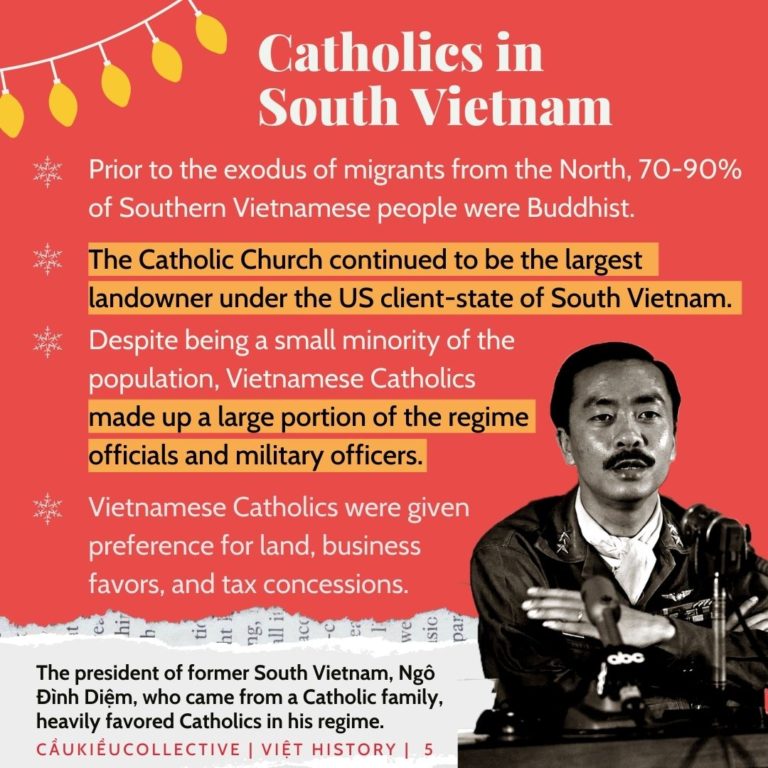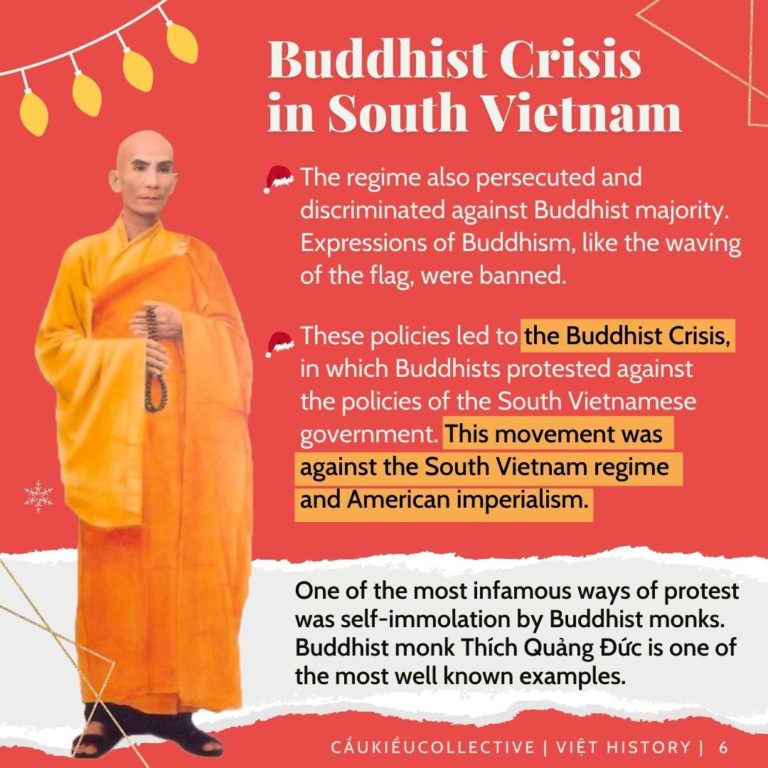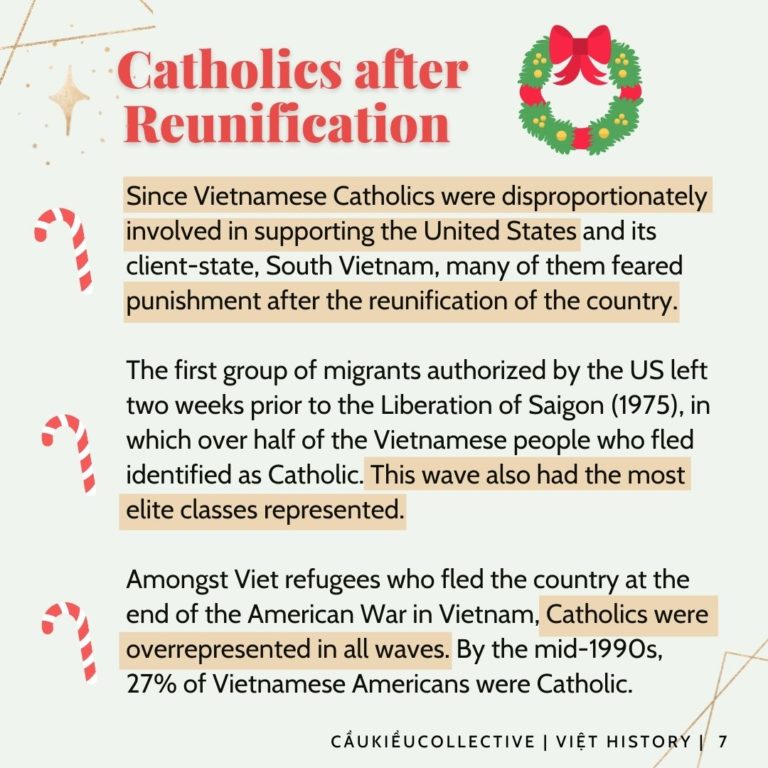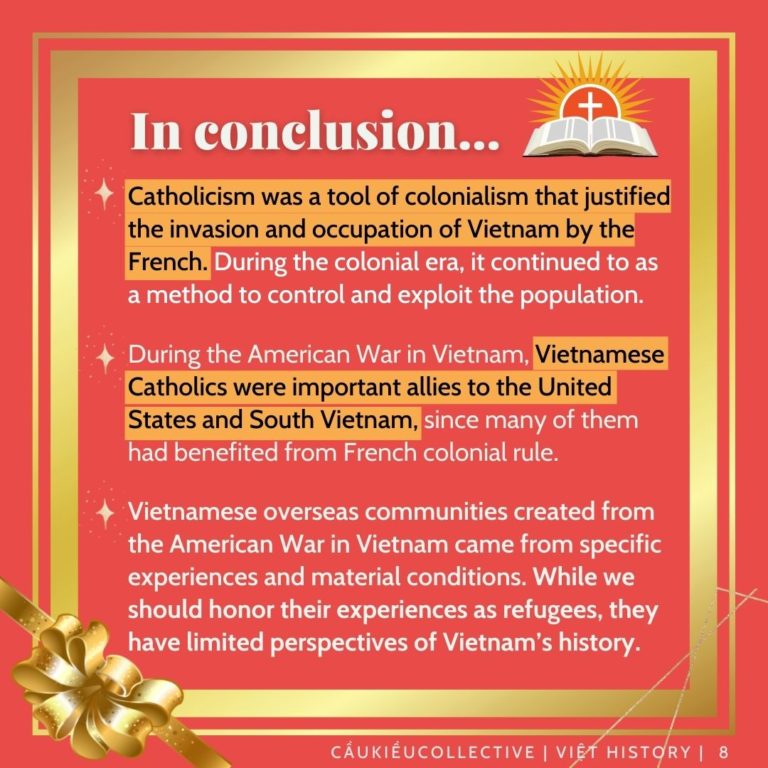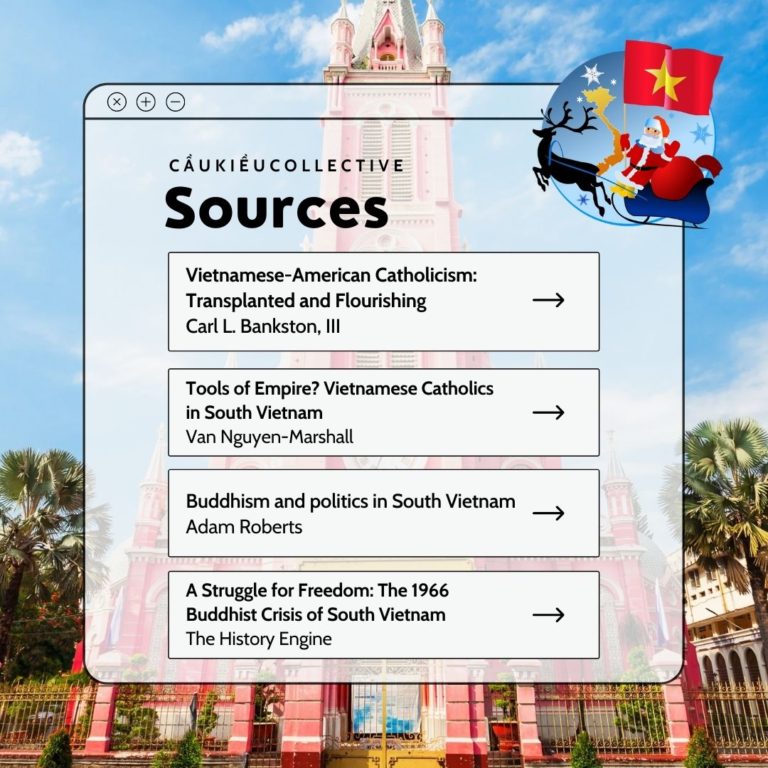Christianity in the Vietnamese Diaspora
DID YOU KNOW?
Catholics make up approximately 30% of the Vietnamese population in the United States, while they only make up
7% of the population in Vietnam.
The disproportionately high percentage of Catholics in overseas Vietnamese communities is an extension of the colonial history that brought this religion to Vietnam.
Therefore, by understanding the history of Catholicism in Vietnam, we can understand the historical conditions from which overseas Vietnamese communities were formed.
How did Christianity come to Vietnam?
☆ 17TH CENTURY – Portuguese and French missionaries introduced Christianity to Vietnam.
Alexander de Rhodes, a French Jesuit, is credited with establishing a strong French Catholic presence in Cochinchina (Southern Vietnam) and with the creation of the modern Vietnamese writing system, Quốc Ngữ, which uses the Latin alphabet.
Christianity and French Colonialism
Through the 17th and 18th centuries, Catholicism spread in Vietnam. Vietnamese Catholics and missionaries also faced some persecution due to Vietnamese rulers’ suspicion of France and its intentions with the country.
The plight of the Vietnamese Catholics would become a pretext for Napoleon III to invade Vietnam and seize Saigon and three surrounding provinces. Following a war between France and China, France would then control all parts of Vietnam.
At the height of power, the Catholic Church was the largest landowner in colonial Vietnam. Catholicism was key in the French colonization and domination of Vietnam.
“Passage to Freedom”
🌳1954-1955
Following the First Indochina War, part of the Geneva Agreements was a 300-day grace period in which people could move freely between North & South Vietnam.
Dubbed “Passage to Freedom” by the US, French and American aircrafts and naval vessels aided in the migration of ~1 million people from North to South, with an estimated 600,000-800,000 being Catholic.
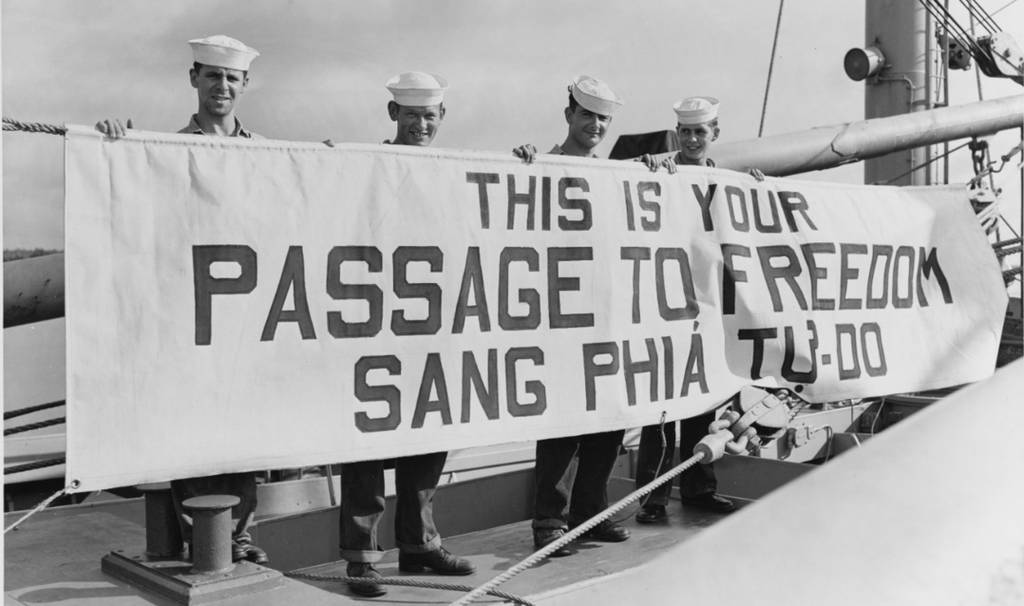
Catholics in South Vietnam
Prior to the exodus of migrants from the North, 70-90% of Southern Vietnamese people were Buddhist.
The Catholic Church continued to be the largest landowner under the US client-state of South Vietnam.
Despite being a small minority of the population, Vietnamese Catholics made up a large portion of the regime officials and military officers.
Vietnamese Catholics were given preference for land, business favors, and tax concessions.
The president of former South Vietnam, Ngô Đình Diệm, who came from a Catholic family, heavily favored Catholics in his regime.
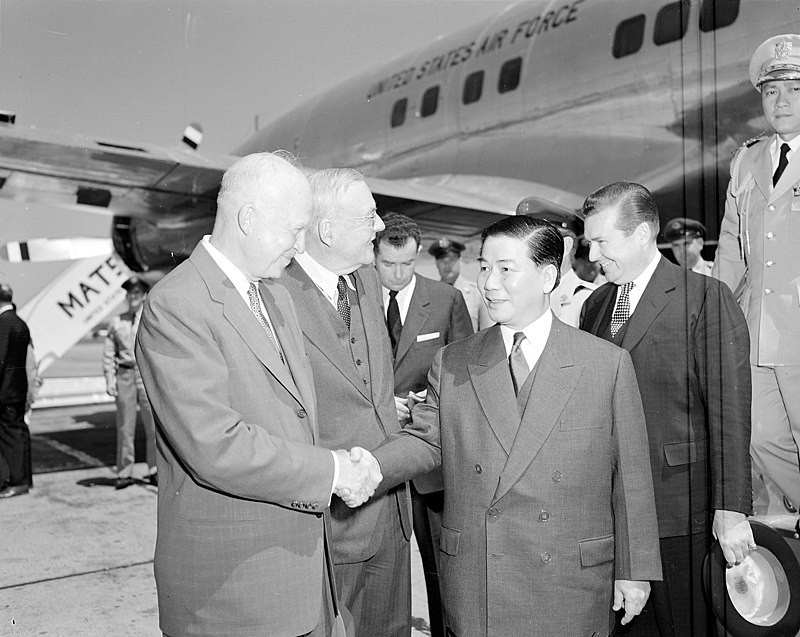
Buddhist Crisis in South Vietnam
The regime also persecuted and discriminated against Buddhist majority. Expressions of Buddhism, like the waving of the flag, were banned.
These policies led to the Buddhist Crisis, in which Buddhists protested against
the policies of the South Vietnamese government. This movement was against the South Vietnam regime and American imperialism.
One of the most infamous ways of protest was self-immolation by Buddhist monks. Buddhist monk Thích Quảng Đức is one of the most well known examples.
Catholics after Reunification
Since Vietnamese Catholics were disproportionately involved in supporting the United States and its client-state, South Vietnam, many of them feared punishment after the reunification of the country.
The first group of migrants authorized by the US left two weeks prior to the Liberation of Saigon (1975), in which over half of the Vietnamese people who fled identified as Catholic. This wave also had the most elite classes represented.
Amongst Viet refugees who fled the country at the end of the American War in Vietnam, Catholics were overrepresented in all waves. By the mid-1990s, 27% of Vietnamese Americans were Catholic.
In conclusion…
Catholicism was a tool of colonialism that justified the invasion and occupation of Vietnam by the French. During the colonial era, it continued to as a method to control and exploit the population.
During the American War in Vietnam, Vietnamese Catholics were important allies to the United States and South Vietnam, since many of them had benefited from French colonial rule.
Vietnamese overseas communities created from the American War in Vietnam came from specific experiences and material conditions. While we should honor their experiences as refugees, they have limited perspectives of Vietnam’s history.
Sources
Vietnamese-American Catholicism: Transplanted and Flourishing Carl L. Bankston, III
Tools of EmpireVietnamese Catholics in South Vietnam Van Nguyen-Marshall
Buddhism and politics in South Vietnam Adam Roberts
A Struggle for Freedom: The 1966 Buddhist Crisis of South Vietnam The History Engine
